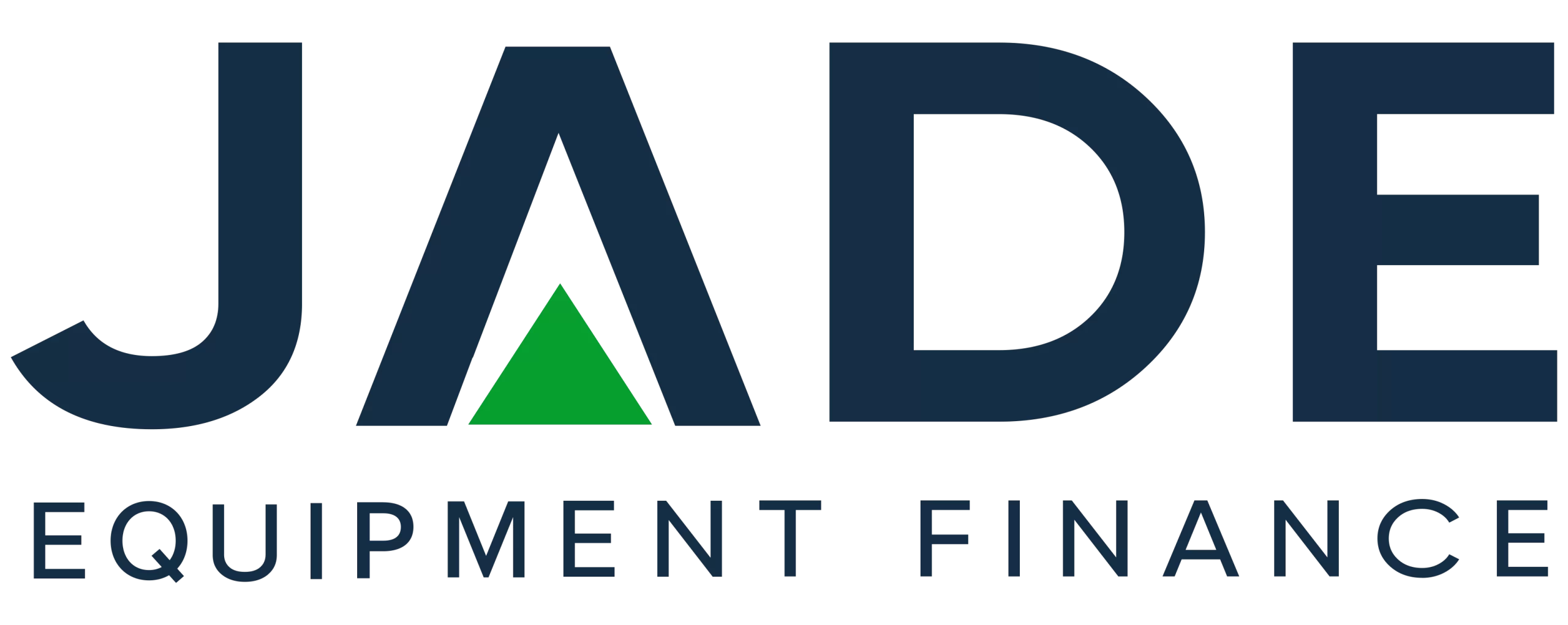With thousands of flood-impacted business owners facing the prospect of replacing plant, machinery and equipment, it may be at least some small comfort to see the RBA keep interest rates steady at its March meeting. The RBA Board held interest rates steady at the current historic low level in March leaving our equipment finance rates at extremely cheap, cost-effective levels.
Despite the increasing calls from economics commentators, experts and analysts for the RBA to move and increase the official cash rate, the Board has once again expressed its position of patience. In the Monetary Policy Decision statement announcing the March 2022 rate decision, the RBA Board stated it was holding the official cash rate at the current 0.1%.
This historic low rate has been in place since the last rate cut in November 2020. The statement on monetary policy details the central bank’s rationale for the decision and provides some insights into the possible outlook for interest rates moving forward.
Governor of the RBA, Dr Philip Lowe said in the statement that the pandemic recovery was continuing globally but that the Ukraine situation had raised a ‘new source of uncertainty’. A sharp growth in the inflation rate had been experienced in some countries which was seen as due to increases in energy pricing and disruptions to supply.
The Australian economy, Mr Lowe said, had shown resilience and continued to bounce back with the Omicron outbreak not causing a derailment of the local economy. Investment by business has seen an uptick and consumer spending had also picked-up. As mentioned on a number of occasions in the past months, the RBA sees consumer and business balance sheets in a good position.
One of the key economic indicators that the RBA watches in regard to rate changes is the unemployment figures. Currently sitting at a 14 year low – 4.2%, the Board sees this as evidence of Australia’s resilience from the economic effects of the pandemic. The RBA has forecast the unemployment rate to drop to sub 4% in the latter part of 2022 and continue at a rate below 4% during 2023.
In the Monetary Policy statement, the RBA Board noted that the pick-up in the Australian inflation rate had occurred faster than the bank had forecast. The target for inflation that the RBA is seeking before raising the cash rate is a sustainable level in the range of 2% to 3%. It does not see the current level as been conclusive evidence of sustainability in order to trigger a rise.
It now expects the underlying rate of inflation level to rise to 3.25% in the next quarters and then fall to 2.75% approximately in the next year, 2023. CPI inflation, differentiated from the underlying rate, is expected to spike higher than the rate of underlying inflation. This is expected in response to higher petrol prices which flow from global outcomes. The ongoing supply chain issues continue as cause for uncertainty in relation to the rate of inflation.
The RBA concluded its March statement with a repetition of comments in previous months that it was adopting patience and waiting until the targets for both unemployment and inflation were met before increasing the cash rate. It would continue to provide monetary conditions which were supported in order to achieve those targets – full employment and 2-3% sustained inflation.
National Growth Figures
Also in week one of March and just as a major flood crisis was emerging across NSW and Queensland, Josh Frydenberg, Federal Treasurer, announced the latest National Accounts figures. He announced that in the December quarter (September through December 2021) the economy grew by 3.4%. The largest quarterly growth rate in the past 46 years. He said Australia had outperformed many other countries and our pandemic recovery was one of the world’s strongest. High vaccination rates are seen as significant in this regard. The Treasurer concurred with RBA statements that Omicron had not derailed our economy and the recovery.
With the Federal Election due in coming months, the Treasurer will announce the annual Federal Budget on the evening of 29 March. This is earlier than the usual May announcement due to election timing. Business operators will no doubt be keen to hear was measures will be announced to support growth in the year ahead.
Equipment Finance Impact
With the RBA holding the cash rate steady, our equipment finance rates also remain lower than ever. Securing equipment finance at a fixed interest rate, especially while rates are at these historic lows, provides confidence and certainty for the business to plan and schedule cash flow and further acquisitions.
Fixed interest rate finance means the repayments remain at that level for the full term of the finance contract. While the RBA has stated its preparedness for patience in regard to the economy reaching its set targets, there are many predicting rates will rise by June this year. While some play the ‘wait and see’ savvy operators will no doubt be moving on acquisitions to secure cheap equipment finance rates. The first Tuesday in April is the next scheduled meeting for the RBA Board re interest rates and we will of course be posting an update following that meeting.
Contact Jade Equipment Finance on 1300 000 003 for cheap equipment finance.
DISCLAIMER: IF MISINTERPRETATIONS, MISREPRESENTATION OR ERRORS EXIST IN THIS ARTICLE, NO LIABILITY IS ACCEPTED. THE INFORMATION IS PROVIDED ONLY FOR GENERAL PURPOSES AND NOT IN ANY MANNER INTENDED AS THE ONLY SOURCE FOR MAKING FINANCIAL DECISIONS. THOSE THAT CONSIDER THEY REQUIRE ADDITIONAL GUIDANCE OR ADVICE SHOULD REFER TO AN INDEPENDENT FINANCIAL ADVISOR.


